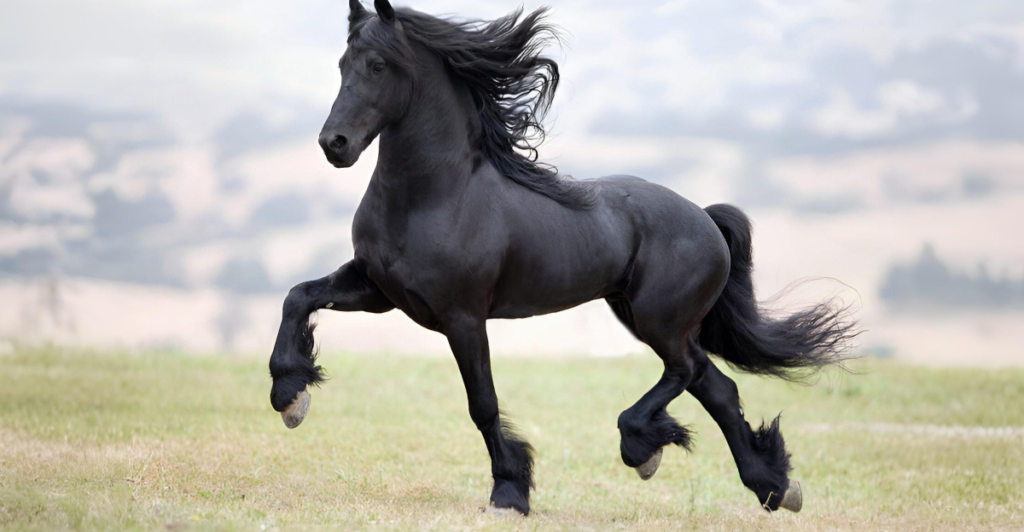
Horses are nature’s perfect athletes, combining speed, strength, and endurance in ways unmatched by most animals. Whether galloping across vast landscapes, jumping towering obstacles, or enduring long-distance treks, their bodies are engineered for peak performance. But what makes them so extraordinary? The answer lies in science. From specialized muscle fibers to efficient oxygen delivery, these adaptations allow horses to achieve astonishing feats of athleticism. Here are ten key factors that explain why horses are naturally designed to excel in physical performance.
1. Evolutionary Engineering for Speed and Stamina
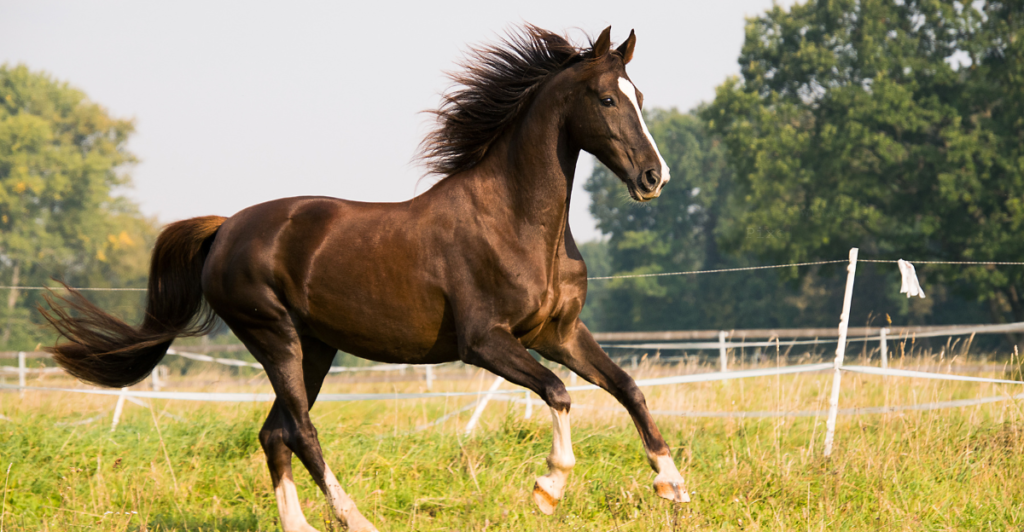
Millions of years of evolution have shaped horses into unparalleled athletes. Originating from small, forest-dwelling ancestors, horses adapted to open grasslands by developing long, powerful legs built for speed. Their lightweight skeletal structure, combined with strong, elastic tendons, allows them to conserve energy while galloping at high speeds.
Unlike many quadrupeds, horses run on a single elongated toe, which reduces drag and increases efficiency. This evolutionary refinement makes them capable of sprinting up to 70 km/h (44 mph) while also maintaining steady endurance over long distances.
The placement of their eyes—on the sides of their heads—enhances peripheral vision, allowing them to react instantly to threats, a crucial survival trait that also benefits equestrian sports. This combination of speed, efficiency, and awareness explains why horses dominate both short sprints and long-distance endurance events.
2. The Giant Heart: A Natural Supercharger
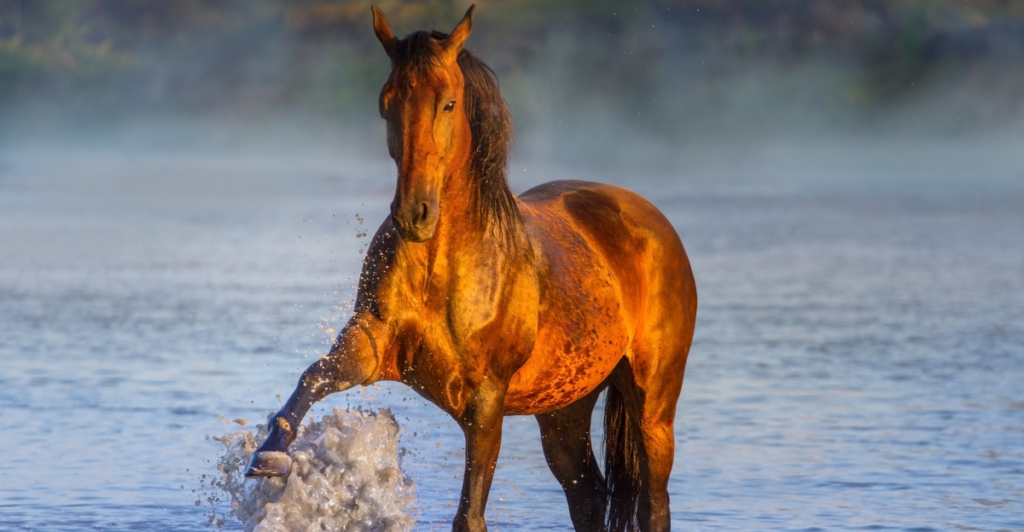
A horse’s heart is a powerhouse, pumping massive amounts of oxygen-rich blood to fuel its muscles. In elite racehorses like Secretariat, heart sizes have been recorded at nearly twice the average, around 10 kg (22 lbs). This larger heart provides an advantage by delivering more oxygen to working muscles, increasing stamina and recovery rates.
Horses also have a naturally high resting heart rate variability, allowing their cardiovascular system to switch efficiently between intense exertion and recovery. During peak activity, a horse’s heart can pump up to 250 liters (66 gallons) of blood per minute. This ability to rapidly increase cardiac output enables sustained bursts of speed and endurance over long distances.
In racing and endurance competitions, heart health is often a key predictor of performance, proving that equine athleticism starts at the core—literally.
3. High Oxygen Uptake: Built for Endurance
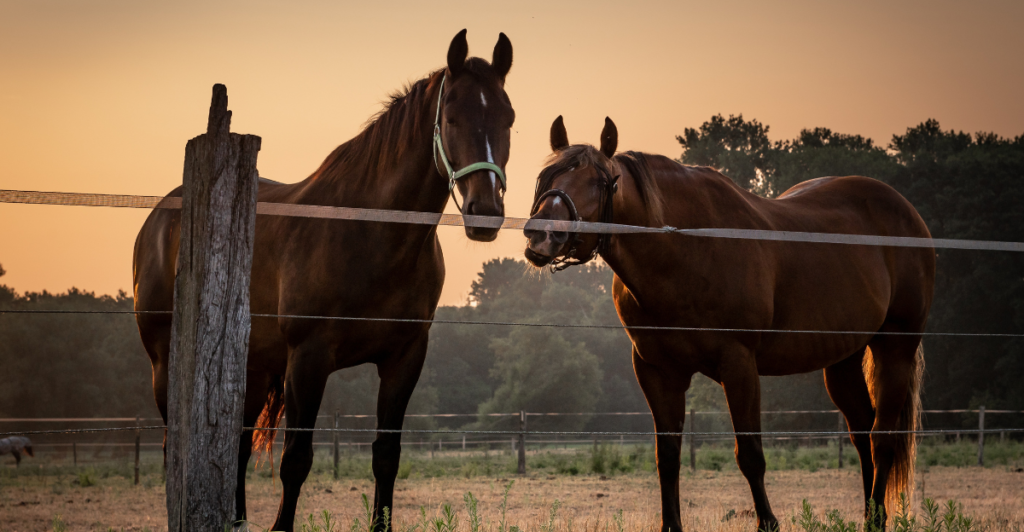
Horses have an astonishing capacity for oxygen uptake, crucial for sustaining high-intensity activity. Their oversized lungs and highly efficient respiratory system allow them to exchange oxygen at a rate far greater than similarly sized animals.
Unlike humans, who breathe independently of movement, horses synchronize their breathing with their stride—taking one breath per stride at a gallop. This maximizes oxygen flow to their bloodstream, fueling muscles with the energy needed for sustained performance. With each breath, a horse can inhale up to 15 liters (4 gallons) of air, ensuring continuous oxygen supply during exercise.
This adaptation explains their ability to gallop for extended periods without tiring, a crucial factor in events like long-distance endurance races or high-intensity sports such as show jumping. Their ability to utilize oxygen so efficiently gives them a significant advantage in competitive athletics.
4. Unique Muscle Composition for Power and Speed
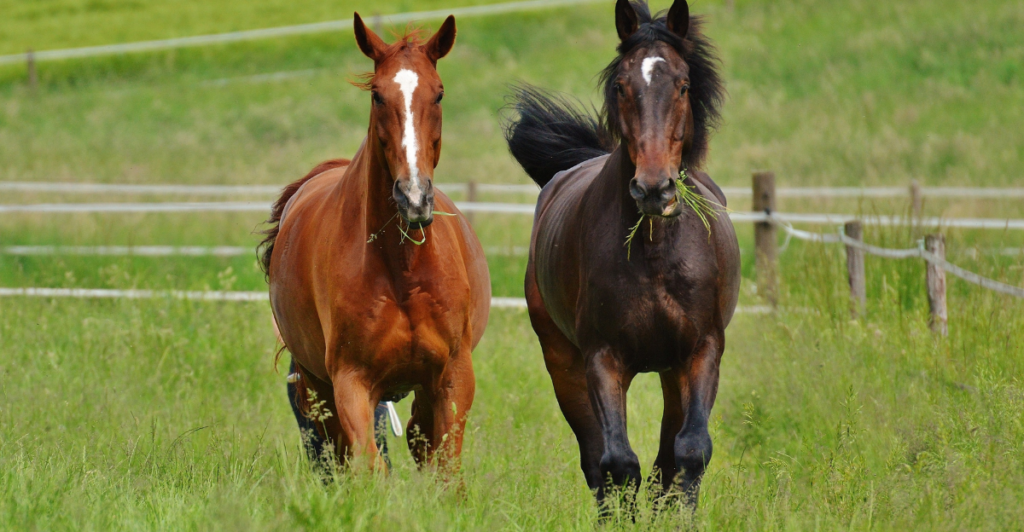
Horses have a unique blend of muscle fiber types that provide both explosive speed and remarkable endurance. Their muscles are composed of slow-twitch fibers, which allow for sustained exertion, and fast-twitch fibers, responsible for bursts of power and speed.
Unlike most mammals, horses have an exceptionally high percentage of fast-twitch oxidative fibers, which are specialized for both speed and endurance. This muscle composition allows breeds like Thoroughbreds to sprint with intensity, while Arabian horses excel in endurance racing.
Additionally, horses’ muscles store large amounts of glycogen, the primary fuel for high-intensity exercise. This combination of muscle efficiency and stored energy allows them to perform at peak levels for extended periods, whether galloping on a racetrack or navigating the challenging terrain of cross-country events.
5. Spring-Loaded Tendons: The Secret to Efficient Movement
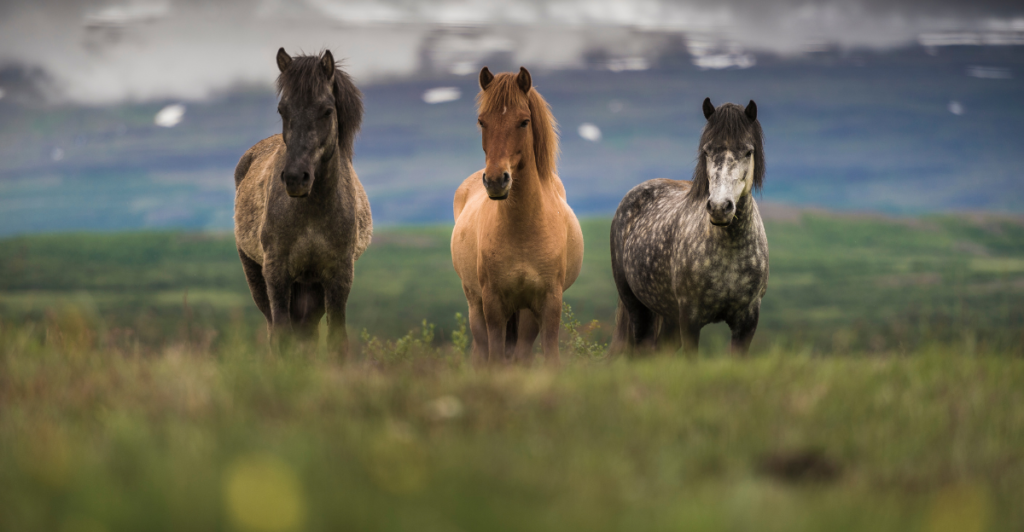
One of the most remarkable aspects of equine biomechanics is their spring-loaded tendons, which function like natural shock absorbers and energy recyclers. The tendons in a horse’s legs store and release energy with each stride, significantly reducing muscular effort and increasing efficiency.
The superficial digital flexor tendon, in particular, acts like a coiled spring, absorbing impact and propelling the horse forward. This mechanism allows horses to cover great distances with minimal energy loss, explaining their endurance capabilities.
Their tendons also help prevent injuries by distributing impact forces evenly, making them resilient in high-impact activities like jumping or racing. This energy-efficient design is what allows horses to gallop for extended periods without tiring quickly, making them some of the most efficient movers in the animal kingdom.
6. Advanced Thermoregulation for Peak Performance
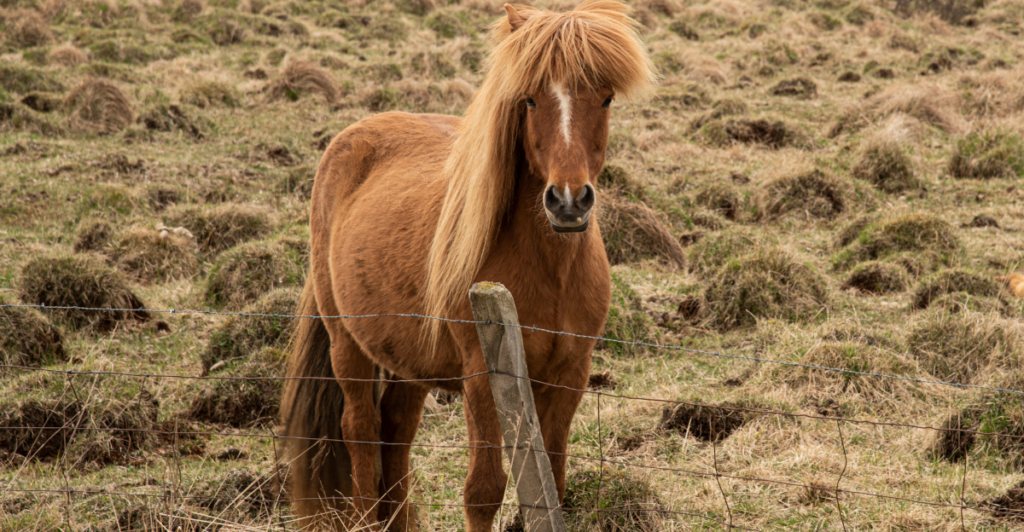
Unlike many other large mammals, horses have an exceptional ability to regulate body temperature during exertion, preventing overheating and sustaining athletic performance. Their sweat contains latherin, a protein that acts as a natural detergent, helping sweat spread efficiently across the coat and evaporate quickly. This enhances heat dissipation, allowing horses to cool down effectively even in extreme conditions. Their large surface area, combined with rapid blood circulation, further aids in dissipating excess heat.
This thermoregulatory efficiency is crucial in endurance racing, where horses compete in hot climates for extended periods. Without this adaptation, the risk of heat exhaustion would limit their performance. Thanks to their unique cooling mechanisms, horses can maintain peak performance for longer durations, making them highly adaptable to diverse environments.
7. Hooves: Nature’s Ultimate Shock Absorbers
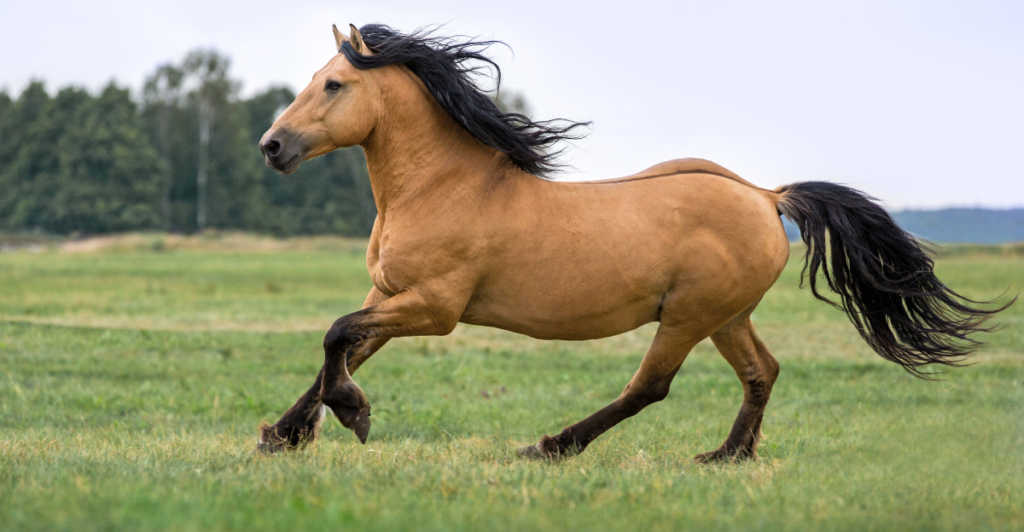
A horse’s hoof is a biological masterpiece, designed to withstand extreme forces while providing stability and traction. Unlike other ungulates, horses have a single, weight-bearing hoof that absorbs shock efficiently through a combination of the hoof wall, frog, and digital cushion. Each hoof strike compresses the digital cushion, dispersing impact forces and preventing injury to bones and joints.
This natural shock absorption allows horses to maintain speed and agility without excessive wear on their limbs. Hoof health plays a critical role in equine performance, with farriers and veterinarians constantly optimizing shoeing techniques to enhance durability.
The resilience of a horse’s hooves enables them to excel in everything from high-speed racing to rugged terrain navigation, proving that their athleticism starts from the ground up.
8. Extraordinary Reflexes and Coordination
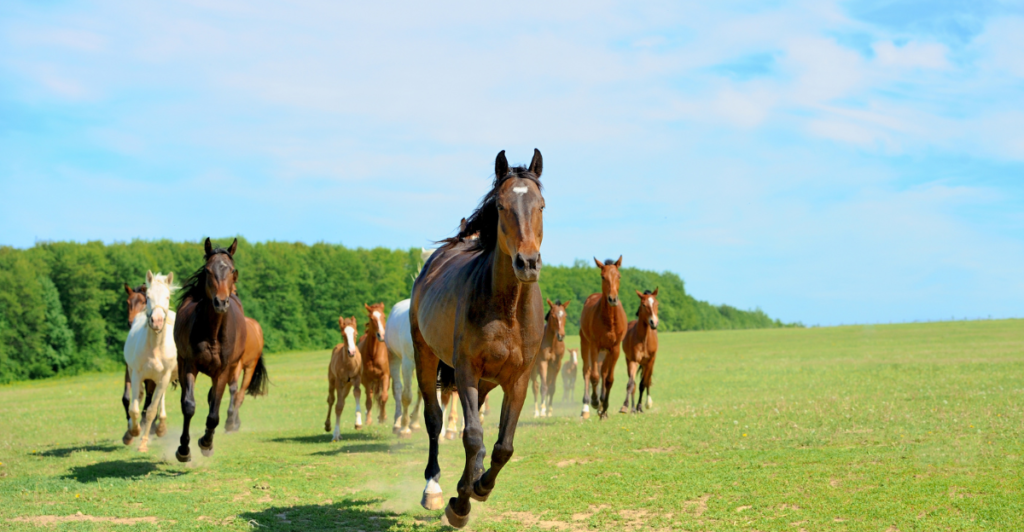
Horses possess incredibly fast reflexes, allowing them to react to stimuli in fractions of a second. Their highly developed nervous system and large cerebellum contribute to their excellent balance and coordination.
This rapid response ability makes them highly adaptable to demanding sports like show jumping, where split-second adjustments determine success. Additionally, their proprioception—the ability to sense body position in space—is finely tuned, enabling precise foot placement even at high speeds.
This natural athleticism helps them navigate complex courses, avoid obstacles, and recover quickly from missteps. The combination of quick reflexes and superb coordination gives horses an edge in any sport requiring agility and precision.
9. Selective Breeding: The Science of Performance

Over centuries, selective breeding has transformed horses into specialized athletes, fine-tuning traits like speed, endurance, and agility. Thoroughbreds dominate racetracks with their explosive power, while Warmbloods excel in dressage and jumping due to their strength and flexibility. Arabian horses, bred for endurance, can traverse vast distances in extreme conditions with remarkable efficiency.
Advances in equine genetics have identified key markers related to athletic performance. Research on muscle composition, oxygen efficiency, and cardiovascular strength aids breeders in improving speed and stamina in horses.
This science-driven approach, combined with centuries of careful selection, has made today’s equine athletes faster, stronger, and more resilient than ever before, ensuring that horses continue to push the limits of performance across disciplines like racing, show jumping, and endurance riding.
10. Mental Toughness: The Will to Win

Athleticism isn’t just physical—horses possess remarkable mental endurance that enhances their performance. Their powerful fight-or-flight instinct fuels a natural competitive drive, pushing them to excel in high-stakes environments like racing and show jumping.
Their ability to form deep bonds with riders strengthens teamwork, a crucial factor in disciplines like dressage and eventing. Elite equine athletes display exceptional focus, mastering complex maneuvers and executing them flawlessly under pressure. Their cognitive abilities allow them to anticipate commands, adapt to challenges, and remain composed even in chaotic settings.
Whether racing down a track or executing precise dressage, a horse’s mental resilience is as crucial as its physical strength. This combination of intelligence, determination, and instincts makes horses nature’s ultimate athletes, able to achieve remarkable feats with both mind and body.
Explore more of our trending stories and hit Follow to keep them coming to your feed!

Don’t miss out on more stories like this! Hit the Follow button at the top of this article to stay updated with the latest news. Share your thoughts in the comments—we’d love to hear from you!







